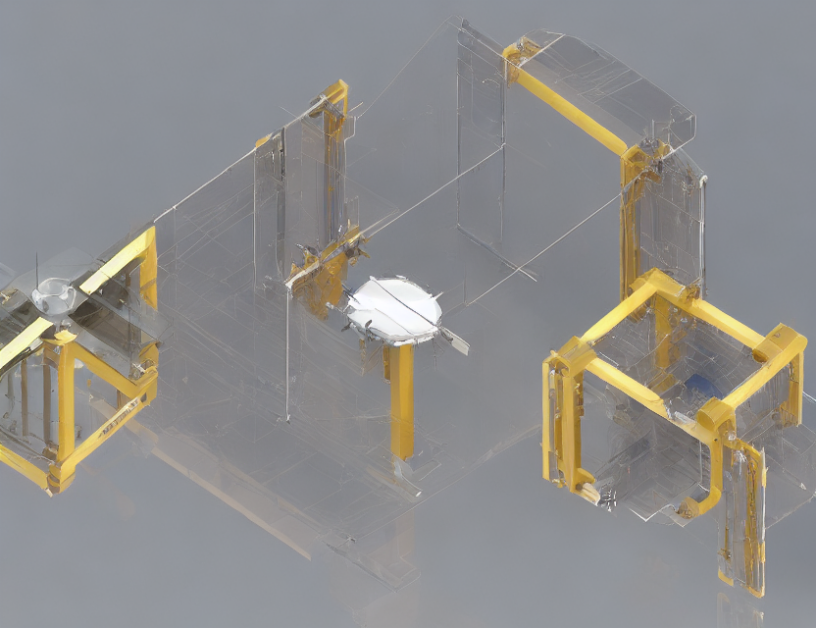In this article, we present a novel compact biaxial tensile strain device for measuring the mechanical properties of materials at cryogenic temperatures. The device is designed to control the temperature and apply uniaxial or biaxial tensile strains to a sample using a stepper motor and a gearbox with a 1:603 gear ratio.
The device consists of an elastic cruciform polyimide substrate that holds a thin sample in the middle. The substrate is mounted inside a tensile cell with a copper pot and a cold finger providing thermal contact to the sample. We used a flat 7 × 7 mm2 square cold finger to minimize distortion of the substrate.
To apply tensile strain, we use a stepper motor that rotates a threaded axis inside a gearbox with a 1:603 gear ratio. The central part of the cross where the threaded axis passes is designed similarly to earlier publications. The widths of the cross bars are 5 mm, and the radii of the rounding are 2.5 mm, while the thickness is 150 µm.
We connected each pair of step motors opposite each other in serial to reduce the control current value. The maximum tensile force when placing the device into a cryosystem exceeds 30 N at a supply voltage of 30 V and can be at least doubled in the case of parallel connection of the step motors.
The device uses the same principles as previous publications, but with some improvements to enhance its performance. We tried different shapes of cold fingers and finally decided to use one with a flat 7 × 7 mm2 square on top to minimize distortion. The ends of the cruciform substrate are clamped between brass blocks and brass plates by stainless steel screws, and a threaded axis of a gearbox with a 1:603 gear ratio rotated by a stepper motor passes through the center of each block.
The article presents detailed information on the design and functioning of the device, including the materials used, the geometry of the central part of the cross, and the connection of the step motors. The authors demonstrate the effectiveness of the device by providing examples of its application in measuring the mechanical properties of materials at cryogenic temperatures.
In summary, the article presents a novel compact biaxial tensile strain device for measuring the mechanical properties of materials at cryogenic temperatures. The device uses a stepper motor and a gearbox with a 1:603 gear ratio to apply uniaxial or biaxial tensile strains to a sample, and it has improved design features compared to previous devices. The article provides detailed information on the device’s design and functioning, demonstrating its effectiveness in measuring the mechanical properties of materials at cryogenic temperatures.
Design and Construction of a Compact Biaxial Tensile Strain Device for Cryogenic Temperature Measurements



